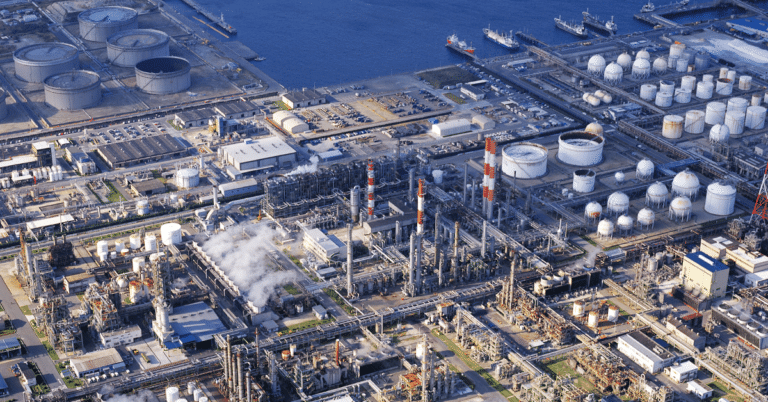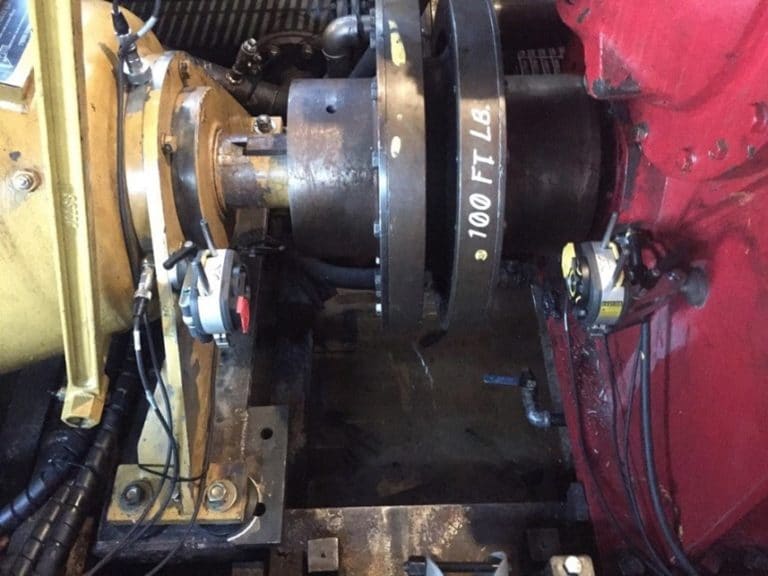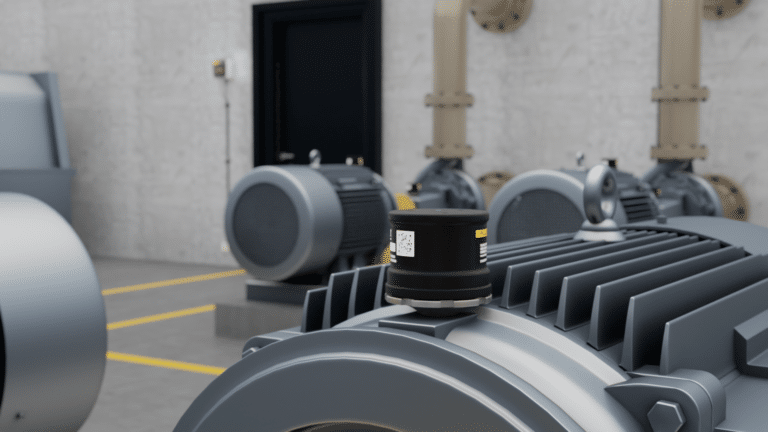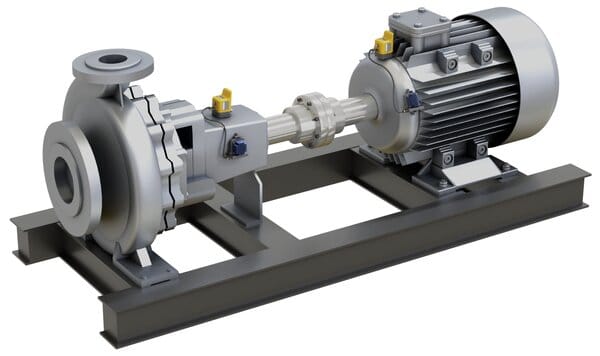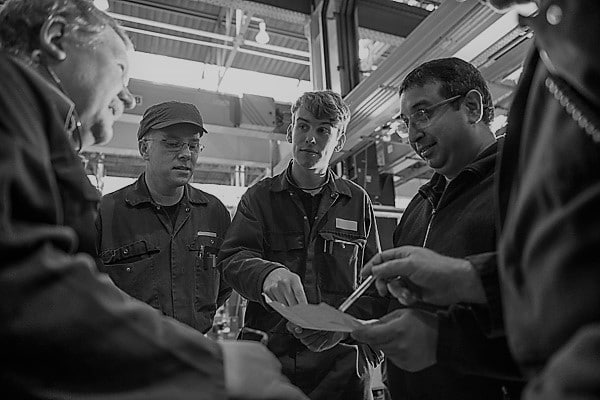Monitoring the machinery and internal components of a wind turbine via wired condition monitoring sensors isn’t a new practice. However, continuous advancements in technology, as well as a move towards interconnected systems under the Industrial Internet of Things (IIoT), are enabling maintenance professionals to leverage historical and real-time data remotely, thereby increasing availability and overall reliability. A move towards remote condition monitoring can be daunting, and it isn’t cheap — but there are a variety of ways that it ensures a high return on your investment. For example, operators can more easily get ahead of common wind turbine problems by using years of cumulative data, allowing them more accurately predict machine problems to prevent machine failure.
Growth of Remote Condition Monitoring Services
With concerns around energy consumption and its effect on the environment continuing to rise, the transition to renewable power sources becomes more important every day. In 2021, China, Germany, India, and the U.S. increased wind capacity the most — the U.S. Department of Energy stated in its 2021 Wind Market Reports that U.S. wind capacity overtook solar power installations for the first time in many years, reaching a record 16,836 megawatts (MW).
Alongside this increase in reliance on wind turbines to generate renewable energy comes further demand for remote condition monitoring systems, especially vibration monitoring.
In 2015, the average age of a North American wind fleet was 5.5 years, according to IHS Markit. In 2020, the estimated average age of wind turbines in the US was 7 years — this is expected to increase to 14 years by 2020. As these machines get older, it will be critical to optimize wind turbine performance to ensure regulatory compliance and life expectancy while also keeping maintenance and operational costs down.
Costs can be reduced by adopting condition-based maintenance (CBM), a subset of predictive maintenance strategies under which maintenance is only performed based on machinery data and health—not based on a calendar. A remote condition monitoring system is an effective first step in establishing an effective CBM strategy.
Here are just a few of the many benefits of remote monitoring:
- Detect machine-related issues early
- Improve maintenance planning and scheduling
- Prevent unscheduled and costly downtime
- Extend equipment lifespan
- Reduce maintenance and production costs
Unfortunately, many maintenance teams lack the specialized expertise to monitor an entire fleet of turbines constantly—so organizations have begun to enlist third-party remote condition monitoring services to help operations decrease maintenance time.
Fill Operational Gaps with Remote Condition Monitoring Services
Remote condition monitoring service companies keep a close eye on relevant wind turbine vibration data and provide expert analytical evaluations. Some operations offer a complete solution that includes hardware and software to improve with identifying faults. Fault diagnosis expertise is necessary for identifying the type and location of the fault and determining the severity of the fault and time to failure.
With a data-driven remote condition monitoring service, customers know which component is causing a problem and why. The provider’s experts make recommendations on fixing the problem based on condition monitoring data, and they offer advice on targeted vibration reduction.
5 Things to Consider When Choosing a Remote Condition Monitoring Services Provider
The services a remote condition monitoring provider offers will depend on their capabilities and experience—the most effective remote condition monitoring services providers possess product, application, and industry expertise. Here are 5 things to consider:
1. Monitoring & Diagnosis Certifications
The remote condition monitoring center should be DNV GL certified and offer Failure Mode and Effect Analysis (FMEA) based diagnosis. Ensure those performing your data monitoring and diagnosis are ISO CAT certified, i.e., monitoring specialists with ISO CAT I, and IV, or ICO CAT II and III certification.
2. Impartial Independent Remote Condition Monitoring Providers
The original equipment manufacturer (OEM) often provides remote condition monitoring services to its buyers. However, there can be drawbacks to using an OEM. When you partner with an independent services provider, you receive a fresh view of the machinery without preconceived notions about why a component experienced a fault. Their assessment of the machine’s health is based on experience and data.
3. Expertise and Hands-on Experience
When it comes to wind tower data diagnostics and analysis, the more experience your service provider has, the better. Look for a provider with a track record for solving wind turbine problems and one that understands the complexities of vibration analysis and fault diagnoses. Make sure the service provider can show you years of proven expertise, knows wind turbine machinery inside and out, and that they understand your organization’s needs and goals.
4. Full-Service Capabilities
A complete remote condition monitoring vibration system should include the hardware, as well as software and services. Your provider should be an integral part of your operations and someone you trust fully to keep your equipment up and running. If your company plans to expand its condition monitoring program in the future, look under the hood of the company you choose. Are they on top of technology? Will their devices integrate with others? They should be able to tell you how their service fits into your reliability journey now and into the future.
5. Cost Efficiency
A services provider should be able to offer different service levels to fit your needs and budget. For instance, it’s usually not practical to assign detailed, high-powered condition monitoring devices to every single asset — a third party provider should help you determine the most production-critical assets to focus on in order to reduce unnecessary spending.


